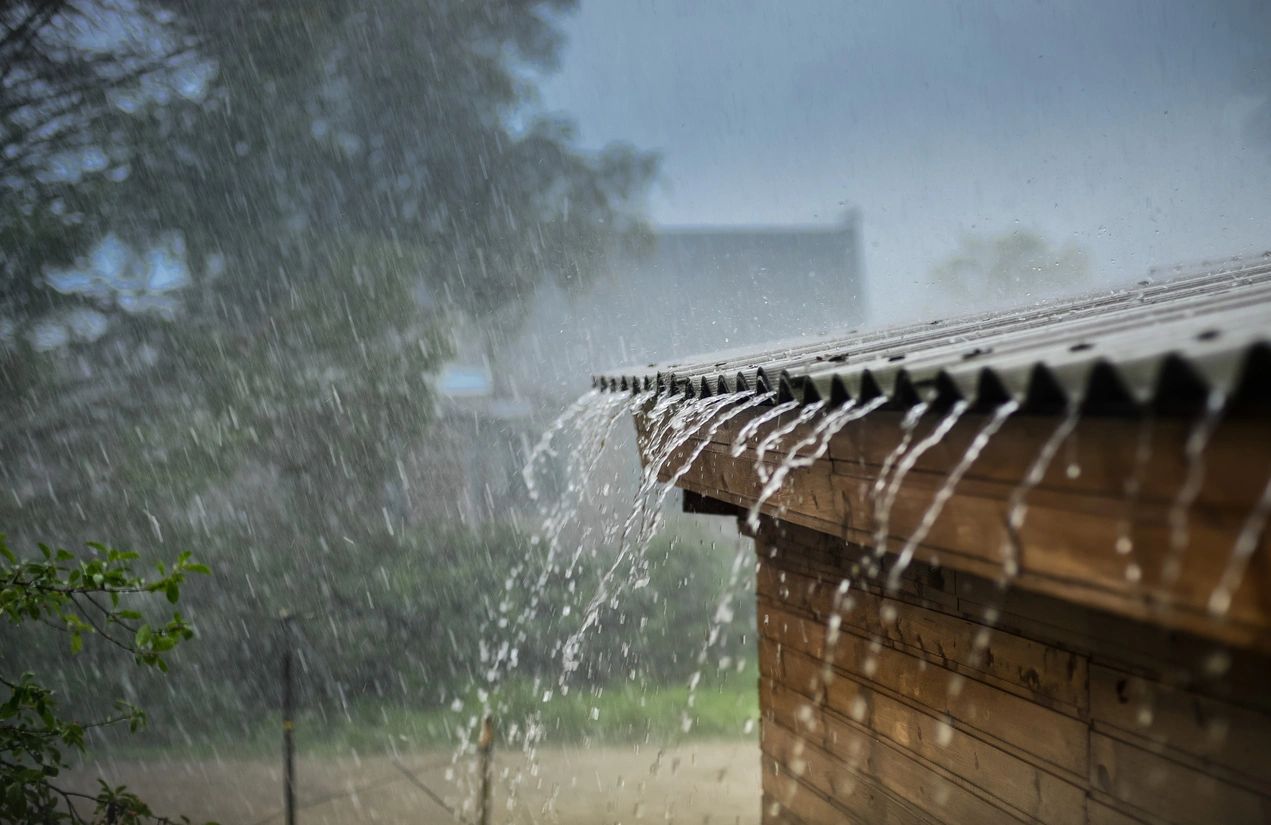Preparing for Storm Season: How to Avoid Flood Risks When Buying
During the Queensland storm season, typically between September to May, preparing your property for potential flooding is essential, especially if you’re considering purchasing a home or investment property in regional areas. While heavy rainfall is inevitable, understanding and mitigating flood risks can protect your investment and ensure your safety. Here are crucial steps to help you assess flood risks and prepare your property for the storm season:
1. Check Local Flood Maps
Before making an offer on any property, it’s vital to consult local flood maps to determine if the area is located in a flood zone. These maps provide essential information on past flood events and potential flood risks. Keep in mind that properties in previously unaffected areas can still be at risk, particularly due to changes in land use and nearby developments that may alter natural water flows.
2. Understand the Impact of Nearby Development
New construction can significantly impact drainage patterns, sometimes leading to flooding in areas previously deemed safe. At Precision Property Buyers Agency, we have observed how inadequate development planning can contribute to flooding and erosion issues in neighbouring properties. Conducting thorough research into any proposed or ongoing developments nearby can help you understand the potential risks and safeguard your investment.
3. Evaluate Drainage Systems
Regardless of precautions taken, nature can still surprise us. Ensure the property you’re considering has adequate drainage systems in place. This includes checking for:
- Gutters and downspouts – Ensure they are clear and properly directed away from the foundation.
- French drains or sump pumps – These systems can help redirect water away from your property.
- Land grading – The land around your home should slope away from the foundation to prevent water pooling.
Don’t hesitate to inquire about the property’s history, including any past water damage or storm repairs, as this can provide insight into its flood readiness.
4. Be Prepared for the Unexpected
In addition to assessing the property itself, it’s important to have an emergency plan in place. This should include:
- Flood insurance: Review your policy to ensure you have adequate coverage for flooding, which is often excluded from standard home insurance.
- Emergency kit: Prepare a kit with essentials such as water, food, medications, and important documents.
- Evacuation plan: Know your evacuation routes and have a plan for where to go in case of severe weather.
At Precision Property Buyers Agency, we offer comprehensive property assessments that include evaluating flood risks and other environmental factors. Our local expertise and in-depth knowledge of the area allow us to provide invaluable insights, ensuring you make informed decisions when purchasing your property.
Want to avoid buying a flood-prone property? Our team is dedicated to helping you find the perfect home or investment. Let’s navigate the property market together, ensuring you can buy with confidence, no matter the weather.







